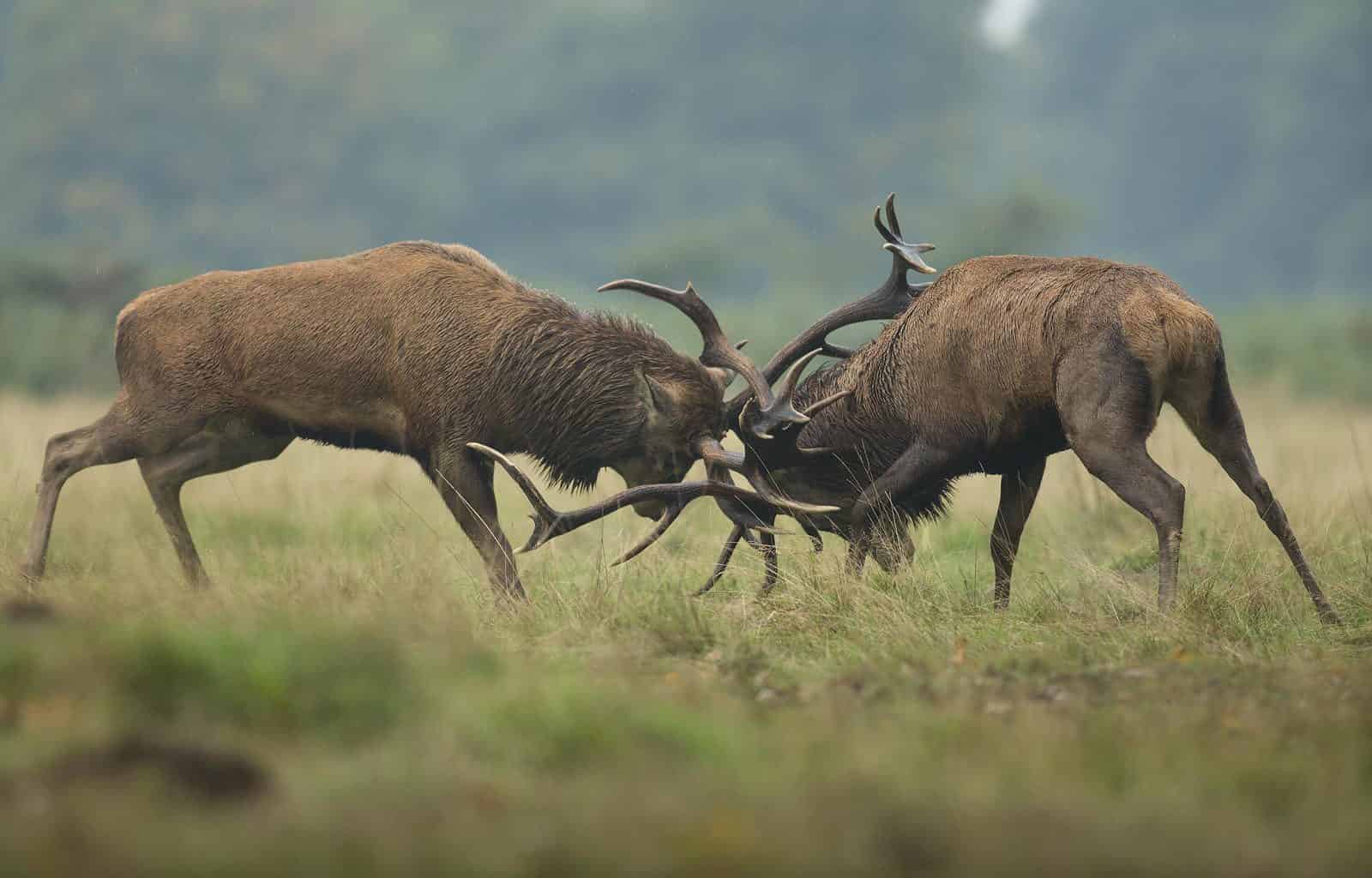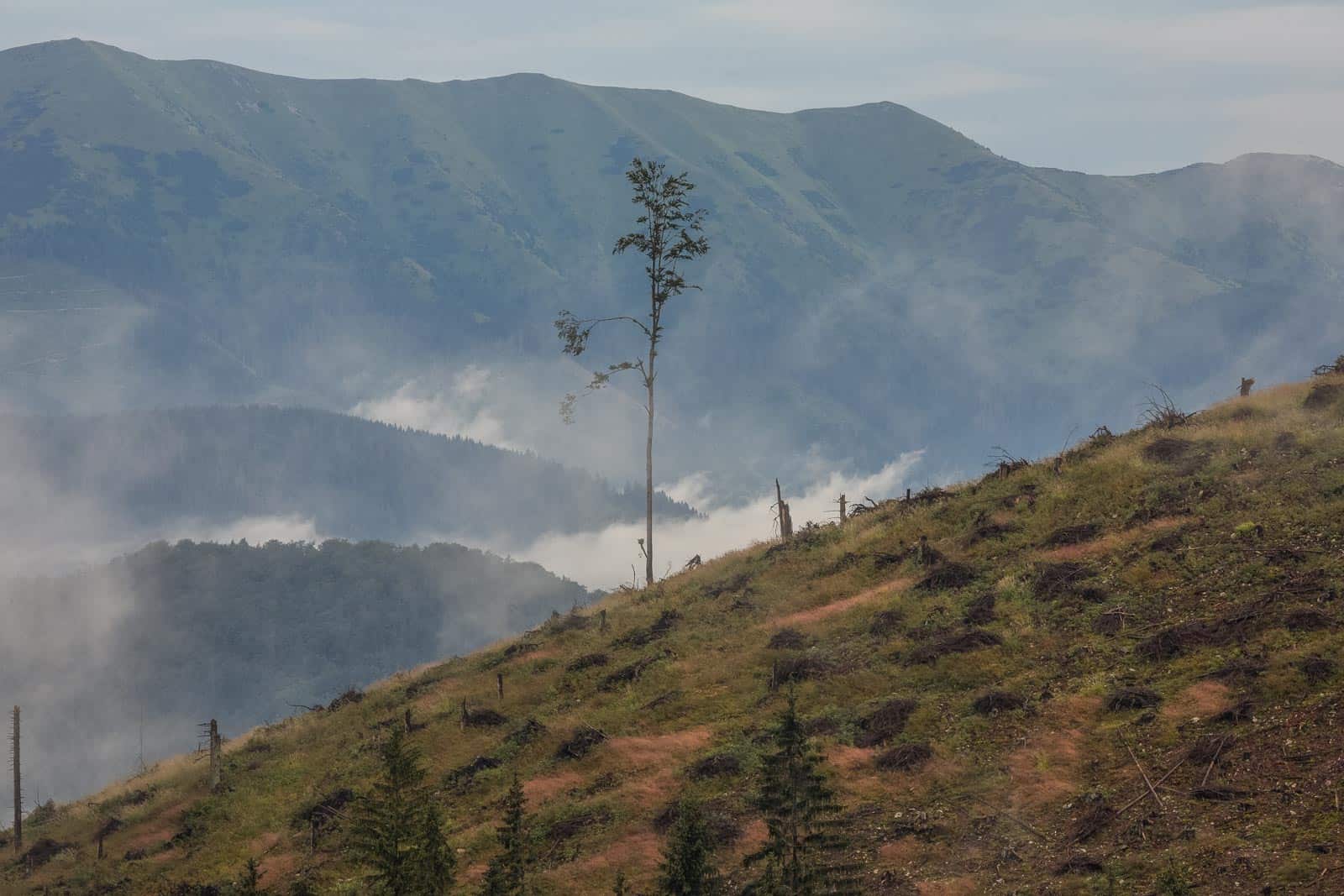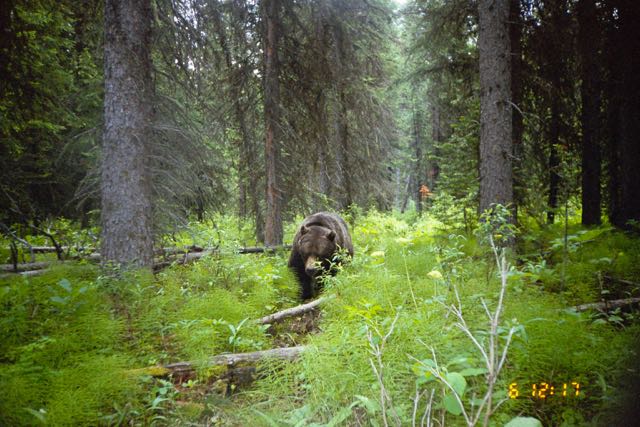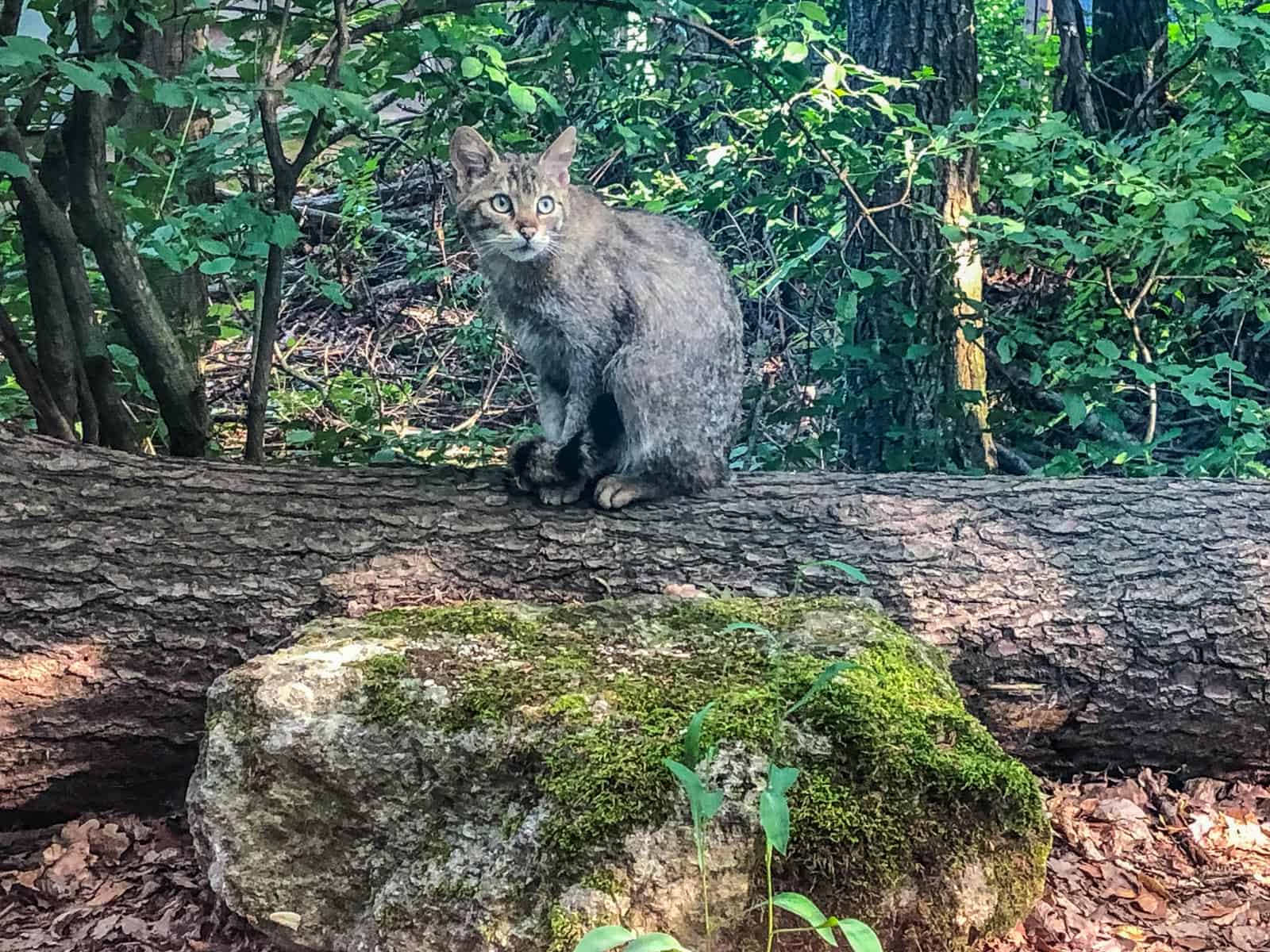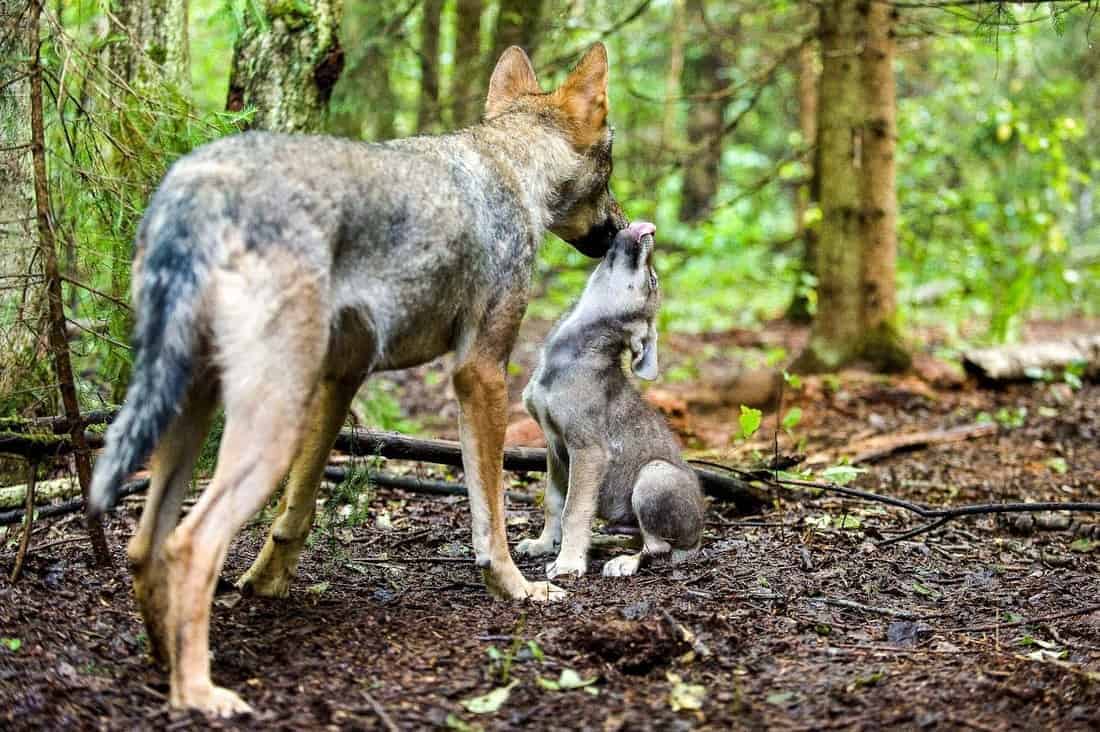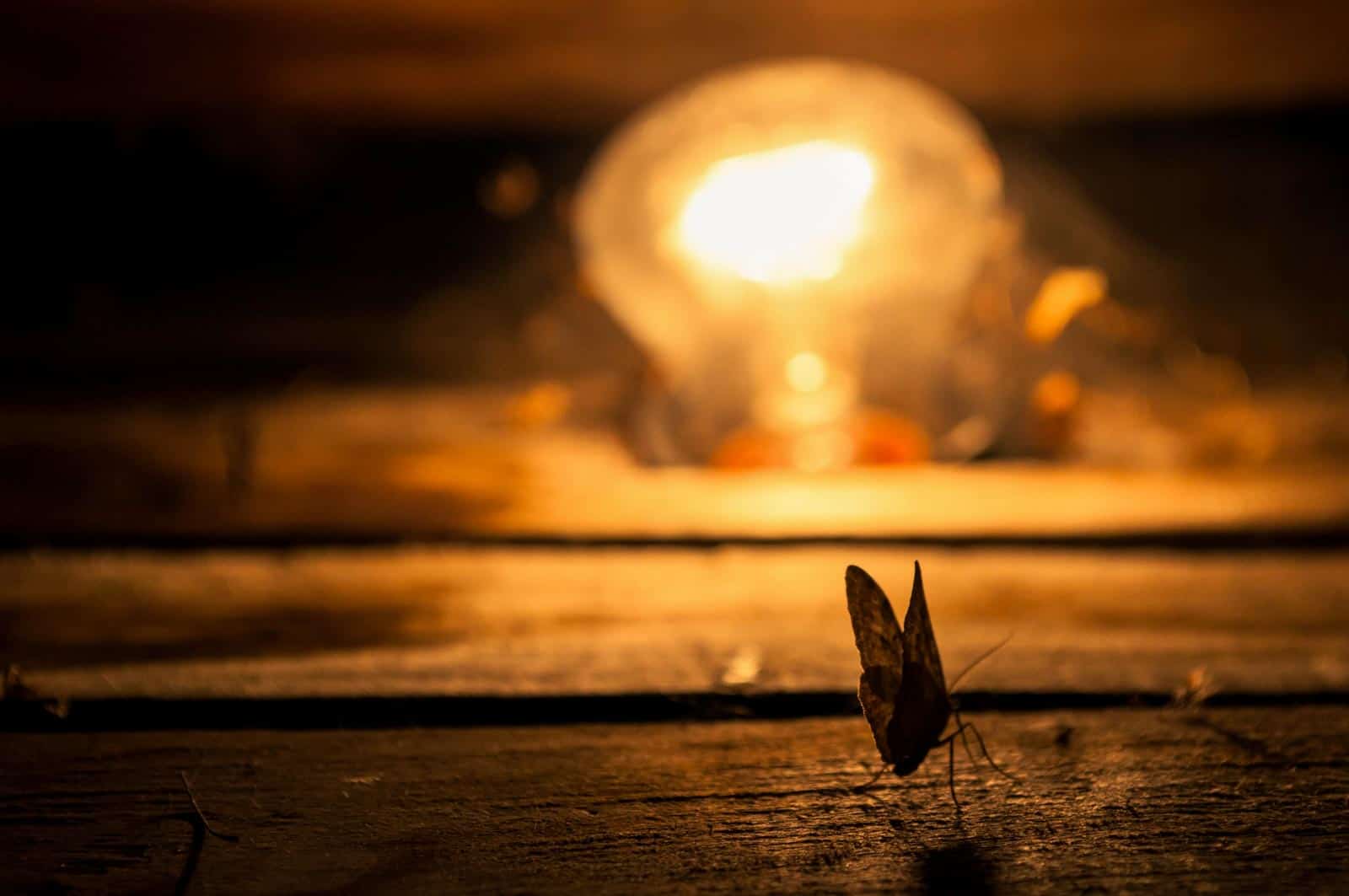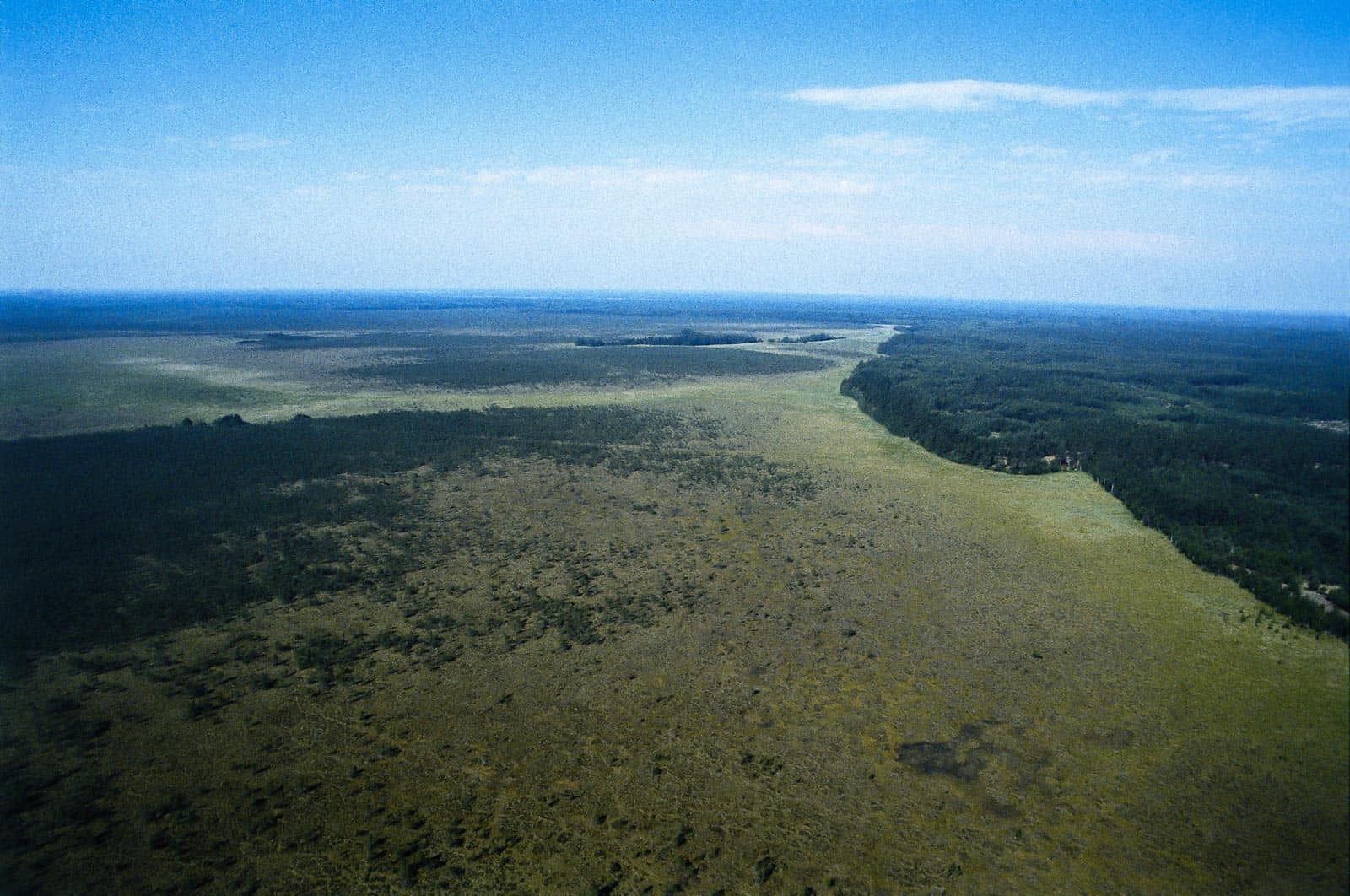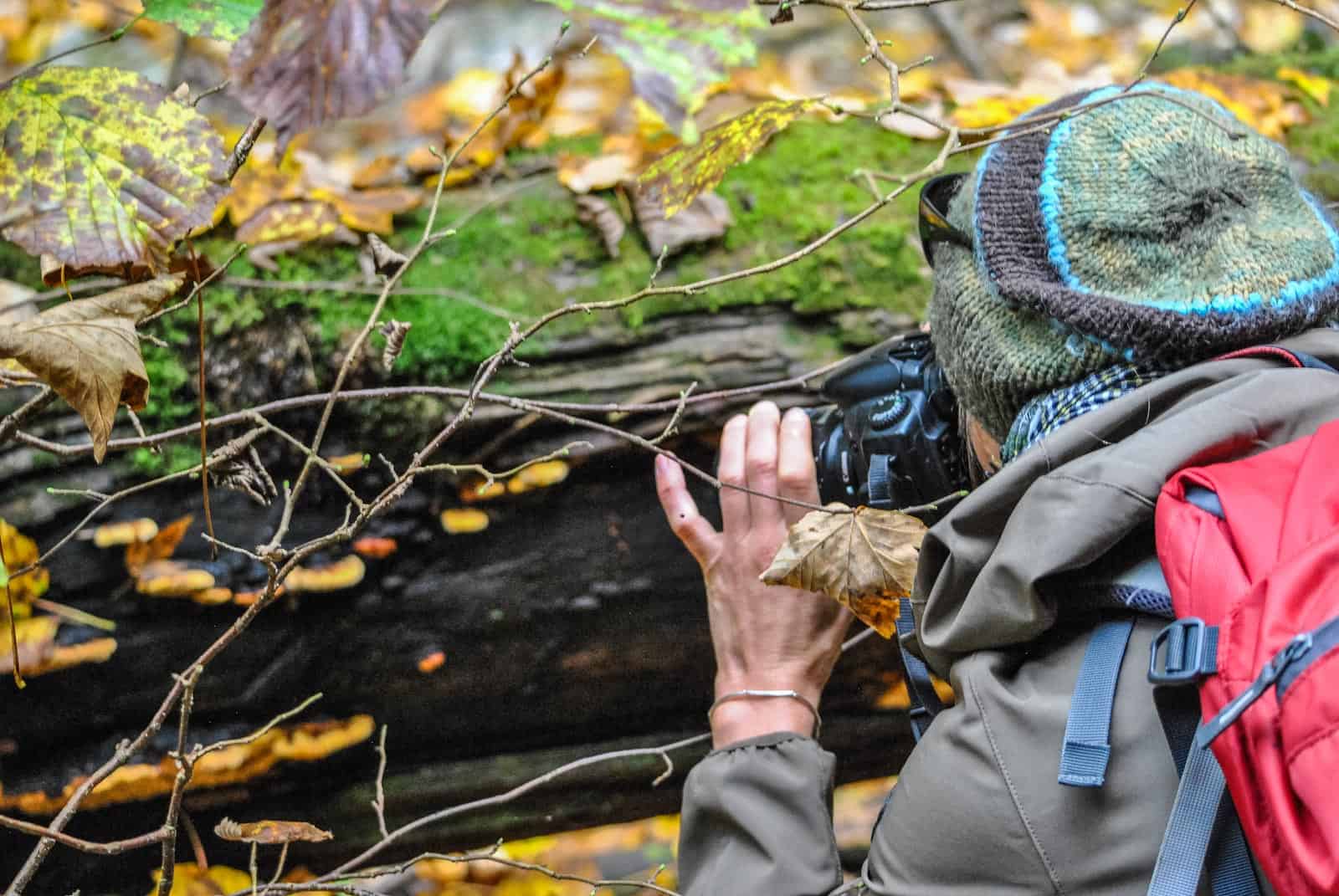The negative effect of trophy hunting
There are approximately 11.7 million wild deer in Europe, of which almost 2 million red deer. These high numbers have a big impact on the local vegetation. European governments therefore allow trophy hunting of red deer to keep the population under control and to limit the impact. However, it seems trophy hunting has an opposite effect on the red deer population. Two scientists from the Research Institute of Wildlife Ecology at the University of Veterinary Medicine in Vienna described their findings. In their study, S. Vetter and W. Arnold conclude that trophy hunting actually led to population growth, not decline. This is explained by the different hunting strategy, comparing humans with predators like the wolf. The wolf is a natural solution to assist in maintaining ecological balance.
Impact of overpopulation
The most common deer species are roe and red deer. Their numbers grew rapidly during the last two decades, due to absence of natural predators in many regions. European hunters are currently facing the challenge to keep the overpopulation under control. In Austria, hunters killed 53,000 red deer last year, 25% more than in 1990. In some regions, hunters do not even reach their annual quota of red deer they have to kill. As the red deer like to eat buds, twigs and bark during winter, their impact is big. It hinders the growth of many young trees, and thereby also the rejuvenation of forests. Meanwhile, the number of car-collisions with red deer increase, including fatal ones for both the animal and the driver.
Sex-ratios and trophy hunting
Hunters generally like to kill male red deer instead of female red deer, as the male’s antlers are great trophies. It appears that hunting big strong male deer, often with the biggest antlers, lowers the proportion of male red deer calves in the population. However, with more female deer, the population growth will increase. Male red deer are significantly larger than their female counter parts, therefore they need to be stronger to survive harsh conditions. Also, the males have to defend their harem from other males. As a result, only the strongest males reproduce in the red deer population. Raising a young male red deer takes more effort compared to a female young, as they need more food to grow bigger. If adult females are not in the best condition, raising sons can take a heavy toll. Young reproducing deer therefore are more likely to produce female offspring, while older deer produce more male offspring.
Bigger balls, more males
A study from Spain confirmed that red deer population’s sex-ratio and fertility are related, to the size of testicles that is. Males with bigger testicles produced more sperm cells, with higher fertility, having a bigger chance to produce sons. From an evolutionary and biological perspective, this makes sense. Strong males will try to pass on their genes to the next generation, by producing sons. Weaker males will not succeed and thus focus on producing daughters.
Wolves prey more selectively than humans
The key is in the hunting strategy. Hunters mostly prefer the biggest and strongest males with large antlers. Natural predators like the wolf take a different hunting strategy. Wolves will minimise risk by targeting weakest individuals, either very young, sick or old. In contrast to what many hunters claim, the wolf is not competing for the same individuals to kill. The wolf could actually help the hunters as nature’s regulator of deer populations. Actually, the famous Calanda wolf pack in Switzerland regulates red deer populations so effective, that additional hunting is no longer needed. In fact, when wolves take out the weaker males and females, the stronger males and females that survive can produce more male offspring. And that is exactly what hunter like to kill again.
We have more and more naturally returning wolves in Europe. Their positive effects on forest rejuvenation has already been proven in Switzerland. The study on trophy hunting is yet another proof that humans need to welcome the wolf as a next-door neighbour.
You can read the full study of S. G. Vetter, PhD & o. Univ.- Prof. Dr. W. Arnold below:
Stay up to date on the Wilderness news, subscribe to our Newsletter!

